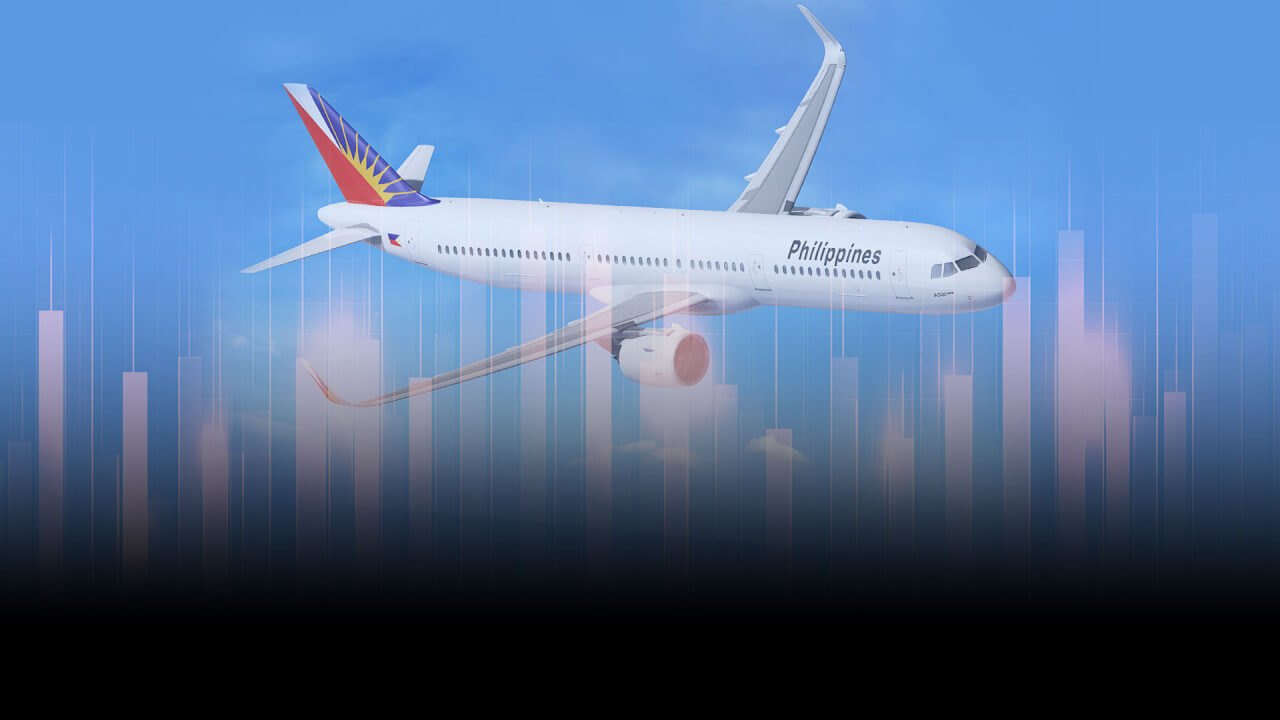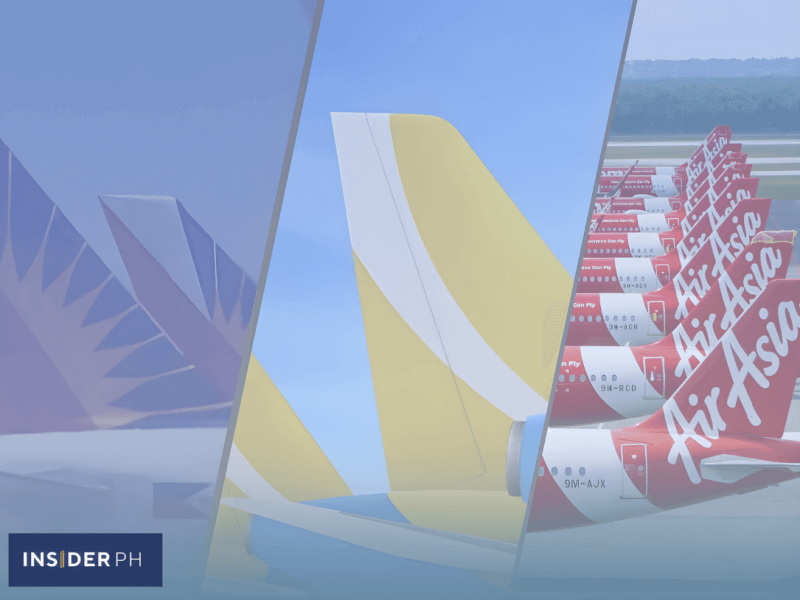

The airline flew 15.6 million passengers, up from 14.7 million in 2023—but the passenger load factor slipped to 79.1 percent from 80.8 percent, meaning more seats were left empty despite higher traffic.
This happened as PAL operated more flights using a slightly larger fleet, growing from 78 to 79 operational aircraft, with the full fleet totaling 88 planes as of end-2024.
The rise in costs, especially for fuel, leases, and depreciation, was partly due to newer, larger aircraft and added wide-body capacity like an additional Boeing 777-300ER, which is typically used for long-haul routes.
Other key indicators
• Revenue dipped slightly to P178.01 billion in 2024.
• Operating expenses rose 5.9 percent to P160.04 billion, driven by more flights and higher maintenance and service costs.
• Cargo revenue increased 15.3 percent, and ancillary revenue (e.g., baggage, seat fees) grew 19.7 percent.
• Profit before tax fell over 50 percent to P9.44 billion.
• Income tax and other charges rose significantly, further compressing earnings.
